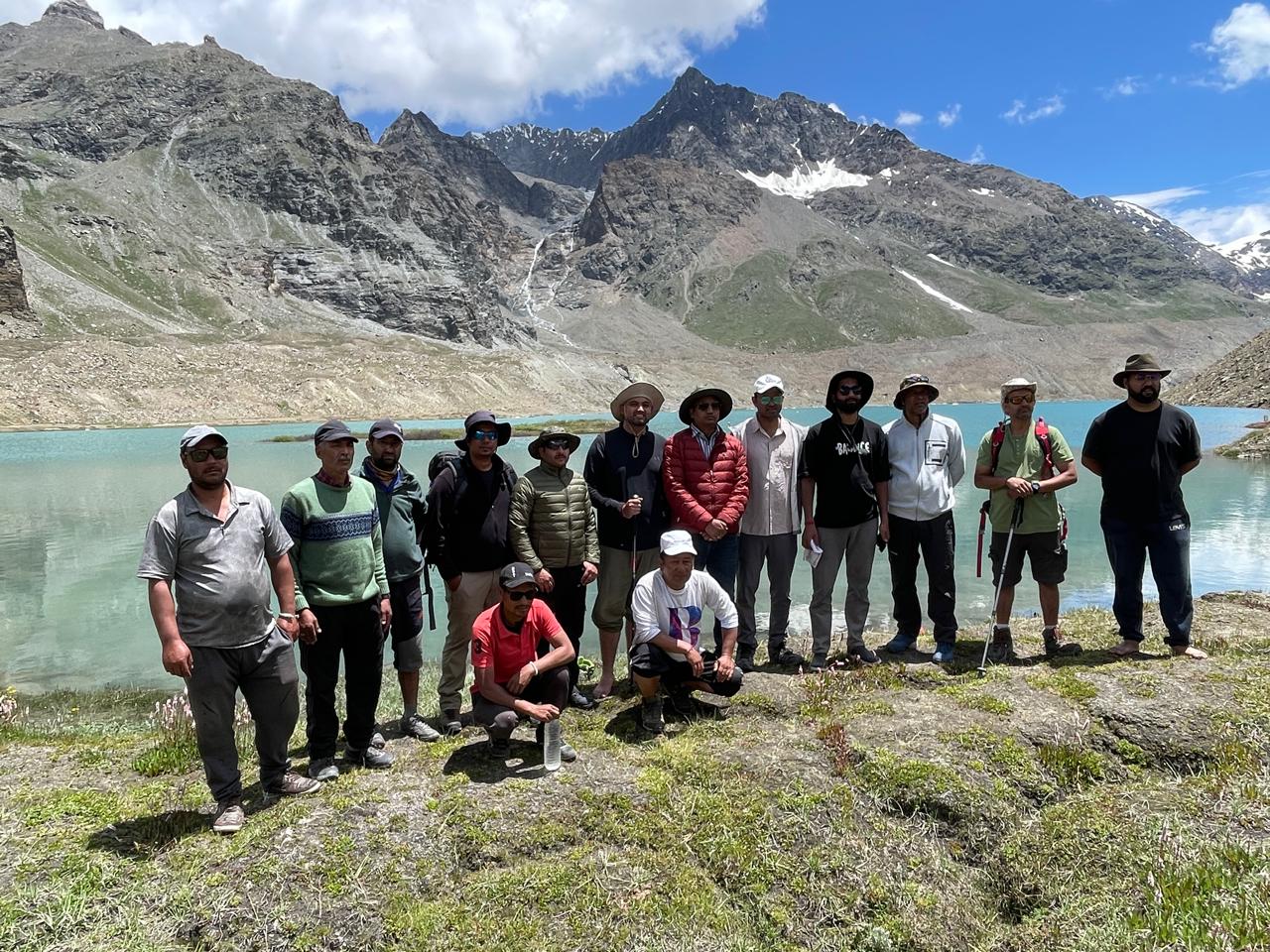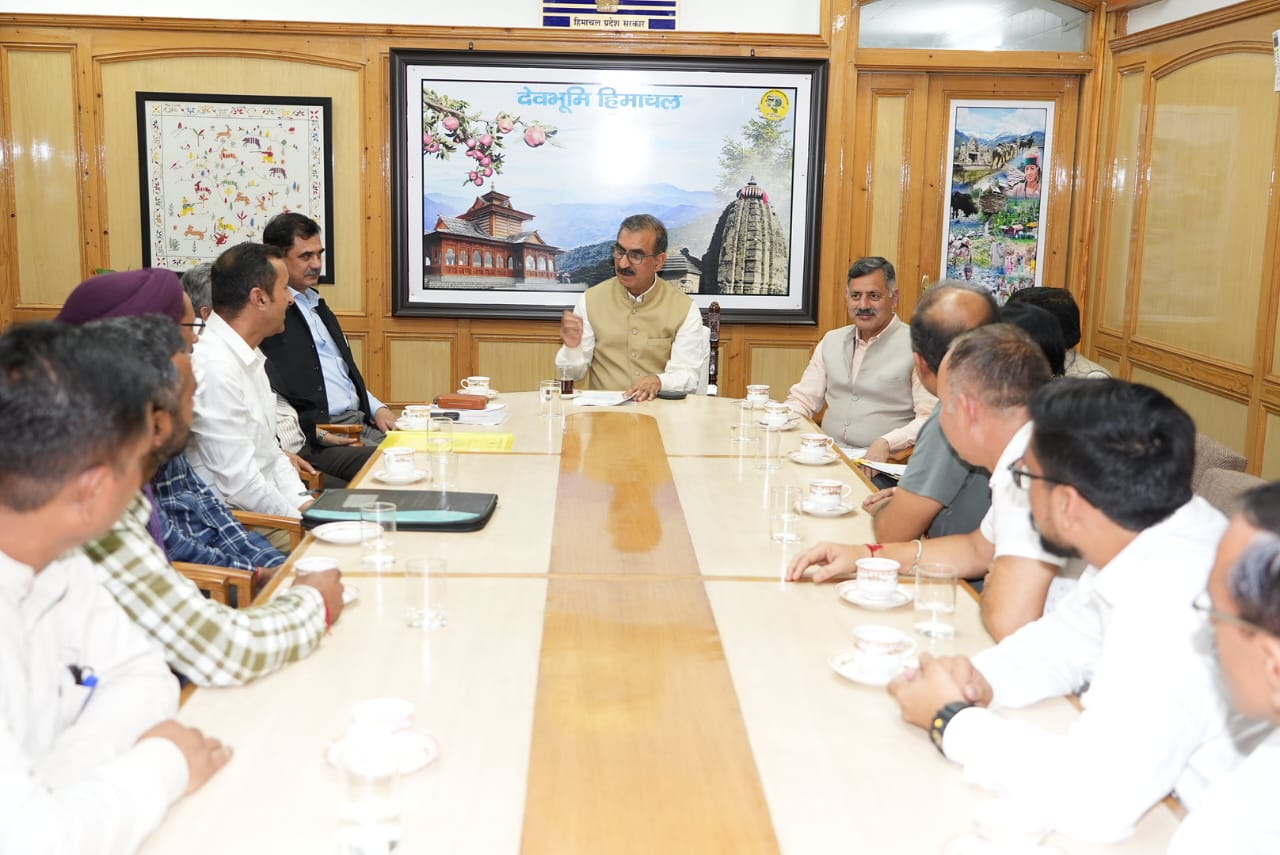District Disaster Management Authority Conducts Field Expedition to Ghepang Gath Glacial Lake Amid GLOF Concerns.

Shimla:
In the wake of the recent Glacial Lake Outburst Flood (GLOF) at South Lhonk Lake in Sikkim, the National Disaster Management Authority (NDMA) has directed a thorough examination of glacial lake hazards across Himalayan states. In response, the Himachal Pradesh State Disaster Management Authority (HPSDMA) has launched a detailed investigation into high-risk glacial lakes, including the Ghepang Gath Glacial Lake.

A field expedition led by Deputy Commissioner Rahul Kumar of Lahaul and Spiti took place from July 24 to 26, 2024. The team focused on assessing the Ghepang Gath Lake, located at an altitude of approximately 4098 meters (32°31’N 77°13’E). The objective was to evaluate crucial parameters for early warning systems and risk mitigation.
Key aspects of the investigation included:
– Lake dimensions and barrier strength
– Moraine characteristics and water discharge
– Outflow and water level measurements
– Geology and valley slopes
– Risks of cloudbursts, landslides, and rockfalls
– Presence of ice core in the moraine and lake depth
– Downstream slope, soil, rock, vegetation, and infrastructure
– Turbidity and proximity to habitations
The Central Water Commission (CWC) assessed the lake’s outlet and considered the feasibility of an early warning telemetry system. Drone-based GIS mapping was conducted in collaboration with the district administration of Lahaul and Spiti, providing high-resolution images for in-depth analysis and risk assessment.
The expedition also saw participation from the National Centre for Polar and Ocean Research (NCPOR) and IIT Bombay. NCPOR performed a bathymetric survey for volumetric analysis, while the Jal Shakti Vibhaag collected turbidity samples from the lake.
Deputy Commissioner Rahul Kumar emphasized that the comprehensive study is aimed at enhancing disaster preparedness and developing effective mitigation strategies for glacial lake hazards in the region.




